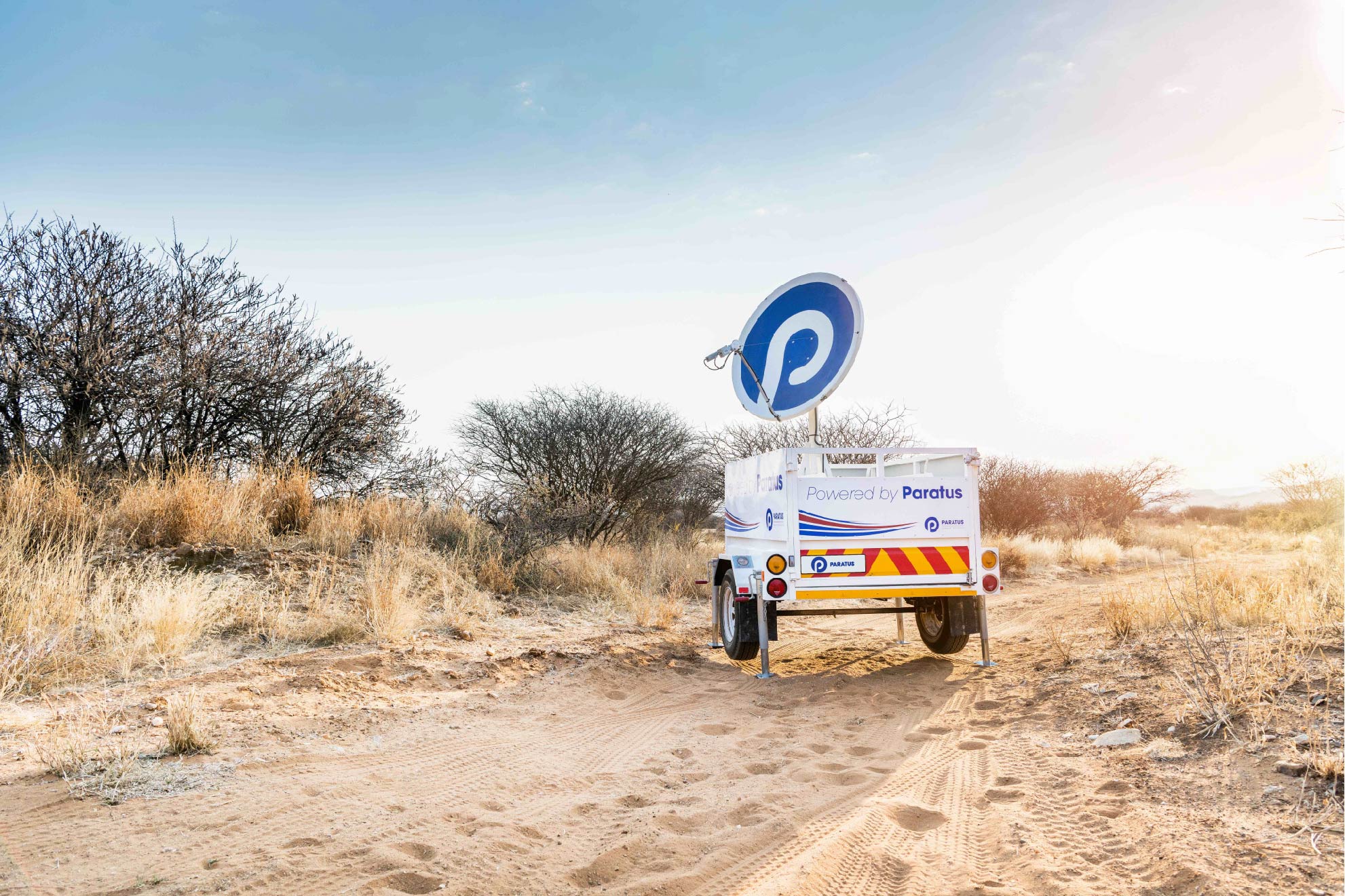Featured
How to stay connected out in the sticks
Homeowners and small businesses in remote areas may be forgiven for being confused about knowing what type of connection they need. Now that more and more people are working from home or running a business from home, high quality and reliable connectivity are imperative. But the choices are confusing.
“The market’s crowded”, says Kallie Carlsen of connectivity service provider Paratus SA. “There’s VSAT, wireless, fiber, and mobile offerings. Then there are bundles and packages to grapple with as well.”
Familiarity rules and most people will probably opt for the most marketed and known brand names withoutknowing what they are buying into. A long-term contract that serves one with a weak or patchy connection and poor support is likely to be extremely frustrating, but also potentially hazardous for business continuity.
Carlsen offers the following quick connectivity checklist:
- The most efficient and affordable delivery to remote areas is unquestionably VSAT technology. While it has slight latency (because of the time it takes the signal to travel from you to the satellite and back), you can still effectively stream Netflix and music without any delay. VSAT reaches parts of the country that no terrestrial service can.
- Quality of a VSAT connection is also related to capacity and the management thereof. Overloaded connections result in poor customer experience. You should use a provider that monitors the usage as they occur and ensures the additional capacity to cope with the demand on the connection.
- Remote locations require specialist engineering skill to ensure you have the right equipment and it is correctly installed to optimise your connection quality. A service provided backed by a large reputable company gives the customer additional peace of mind.
- Technology advancement is impacting the price you pay for connectivity – now that certain partnerships have been struck to provide better connections to remote areas, is that saving passed on to you?
- Support in remote locations is always a challenge, it is important to ensure your provider is able to provide you with the support on-the-ground as and when you need it, so you are never left with no connection for long periods of time.
- As the market becomes more competitive due to various deals and packages being struck in the VSAT ‘space’, there are now very attractive and competitively priced packages available, but the above points around connection quality and effective support must be considered before committing to anything.
“Cutting through the clutter is difficult because one can’t always compare apples with apples”, says Carlsen. “It’s difficult for customers to even know what questions to ask because they cannot be expected to know what pitfalls or challenges prevail when all they want is a high-quality network connection.”
For those living in hard-to-reach areas, VSAT technology is the best option and, thanks to investments made by big global players such as Eutelsat, he says, Paratus is able to extend its footprint, halve the costs, and deliver a quality connection.
“People in remote areas no longer need to accept second-best. But problems arise when customers do not realise that they need to have the right equipment to provide that connection. Dealing with experts is therefore crucial, because you don’t want to only have access to a salesperson who may not know and understand the various technical and logistical issues at play in remote locations.”
* VSAT stands for “Very Small Aperture Terminal” and its purpose is to transmit and receive satellite transmissions. A VSAT comprises a dish antenna, a transceiver (or a combination of BUC and LNB) and a satellite router (modem).
Share
- Click to share on Twitter (Opens in new window)
- Click to share on Facebook (Opens in new window)
- Click to share on LinkedIn (Opens in new window)
- Click to email a link to a friend (Opens in new window)
- Click to share on Reddit (Opens in new window)
- Click to share on WhatsApp (Opens in new window)
- Click to share on Pinterest (Opens in new window)
| Thank you for Signing Up |

















